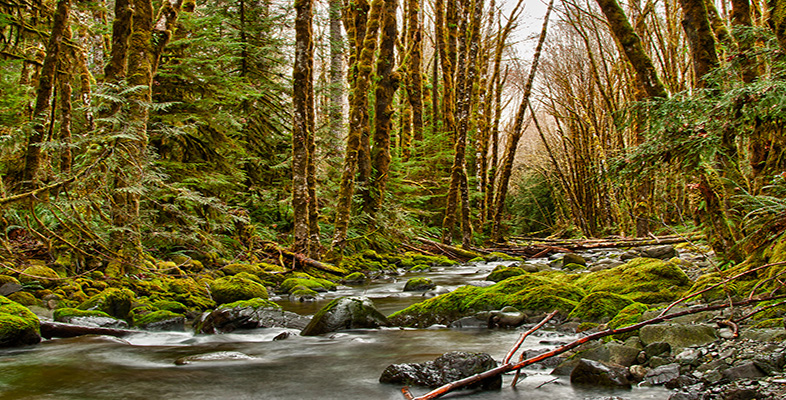5 Interrelationships
It is interesting to contemplate an entangled bank, clothed with many plants of many kinds, with birds singing on the bushes, with various insects flitting about, and with worms crawling through the damp earth, and to reflect that these elaborately constructed forms, so different from each other, and dependent on each other in so complex a manner, have all been produced by laws acting around us.
(Darwin, 1859/1985, p. 459)
So starts the final paragraph of Charles Darwin's famous book The Origin of Species. I have included it here because Darwin sets out beautifully, in one sentence, the complexity of the natural world.
First, he introduces us to an ecosystem – ‘an entangled bank’. (I like to think of this as a hedgerow in my home county of Wiltshire. In my mind's eye, I see it on a warm summer's day: a jumbled mix of plants – flowers and trees – with insects crawling through the undergrowth and birds feeding in the branches.)
Darwin notes that this ecosystem consists of different populations of organisms that live together in a particular location or habitat – plants, worms, insects and birds. He also suggests that these organisms are dependent on each other in a number of complicated ways, that is, that they are interrelated. And finally, he writes that these interrelationships are the result of laws – processes – that operate throughout the natural world.
This notion of these interrelationships is so important to the study of the environment that it is worth pausing to examine it in a little more detail.
If a bird in Darwin's hedgerow – say, a robin – eats an earthworm, that's an interaction between the bird and the worm. This interaction has consequences for the bird (a good meal) and rather drastic consequences for the worm (the end of its life). If the worm is to live and play its part in producing another generation of worms, it must avoid being eaten by the robin. But the relationship has implications in both directions. If the bird is to live and help to produce the next generation of robins, it must find and eat a certain number of worms (and other things). This set of interactions produces a link, an interrelationship, between robins and worms.
Of course, the robin and the earthworm will interact with many other living things in many other ways at the same time. The robin will use plant material from the hedgerow to construct its nest, will compete with other robins for territory and mates, and may itself end up as a meal for a sparrowhawk or a cat.
The bird and the worm also depend on, and change, the physical environment of the hedgerow. For example, the bird needs oxygen from the atmosphere and its droppings add chemicals to the soil. The worm extracts nutrients from the soil, and alters its consistency by passing it through its body as it feeds. This makes it easier for the roots of the hedgerow's plants to find the water and the nutrients they need, and so on. It is already easy to see that the interrelationships in our ‘entangled bank’ are more complicated than we might have thought, and that they involve both the living and the non-living components of the ecosystem.
Activity 5
Looking for interrelationships
Look out for examples of interrelationships in the remainder of this course, especially organisms that rely on others for food. Note down any examples.
Answer
Some of the other interrelationships are:
caterpillars eat oak leaves
robins eat caterpillars
sparrowhawks eat robins
humans eat a wide range of plants and animals.
Some interrelationships, like the ones discussed in this section, are relatively straightforward and easy to spot. Others are far harder to see, and the vast majority remain unknown to science. Yet the answers to so many of our questions about the natural world depend on identifying and analysing these interactions. As we shall see, they explain why some animals are common in a given location and others are rare; why some plants are large and others are small; and why some organisms are found in some habitats but not in others. They also explain many of the distinctive characteristics of the physical environments in which organisms live out their lives.
In the next section, we shall look at how scientists go about identifying, studying and recording some of these interrelationships.
Activity 6
Reviewing your notes
It is important to go back and review the notes you have made from time to time. Can you improve them in the light of your new understanding and skills? Is there anything that you'd like to add? (This is why it is important to leave some space in your notes.)
Look back at the notes you made in response to Activity 4. Would you make any changes? Will they meet your needs when you return to them later? Think about what your notes are for.
Discussion
Making notes is easier if you have a particular goal in mind, for example, a question that you want to answer.
